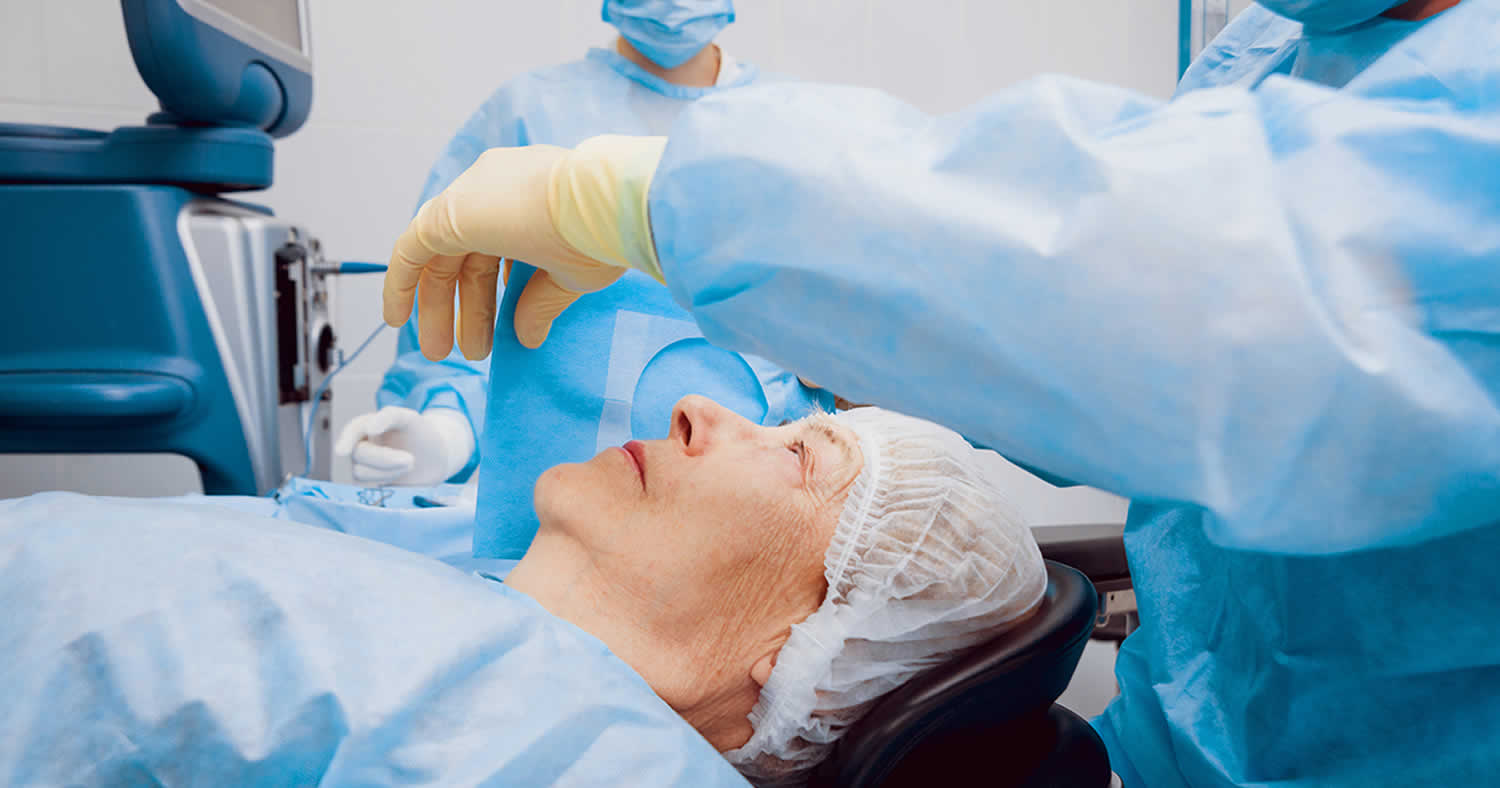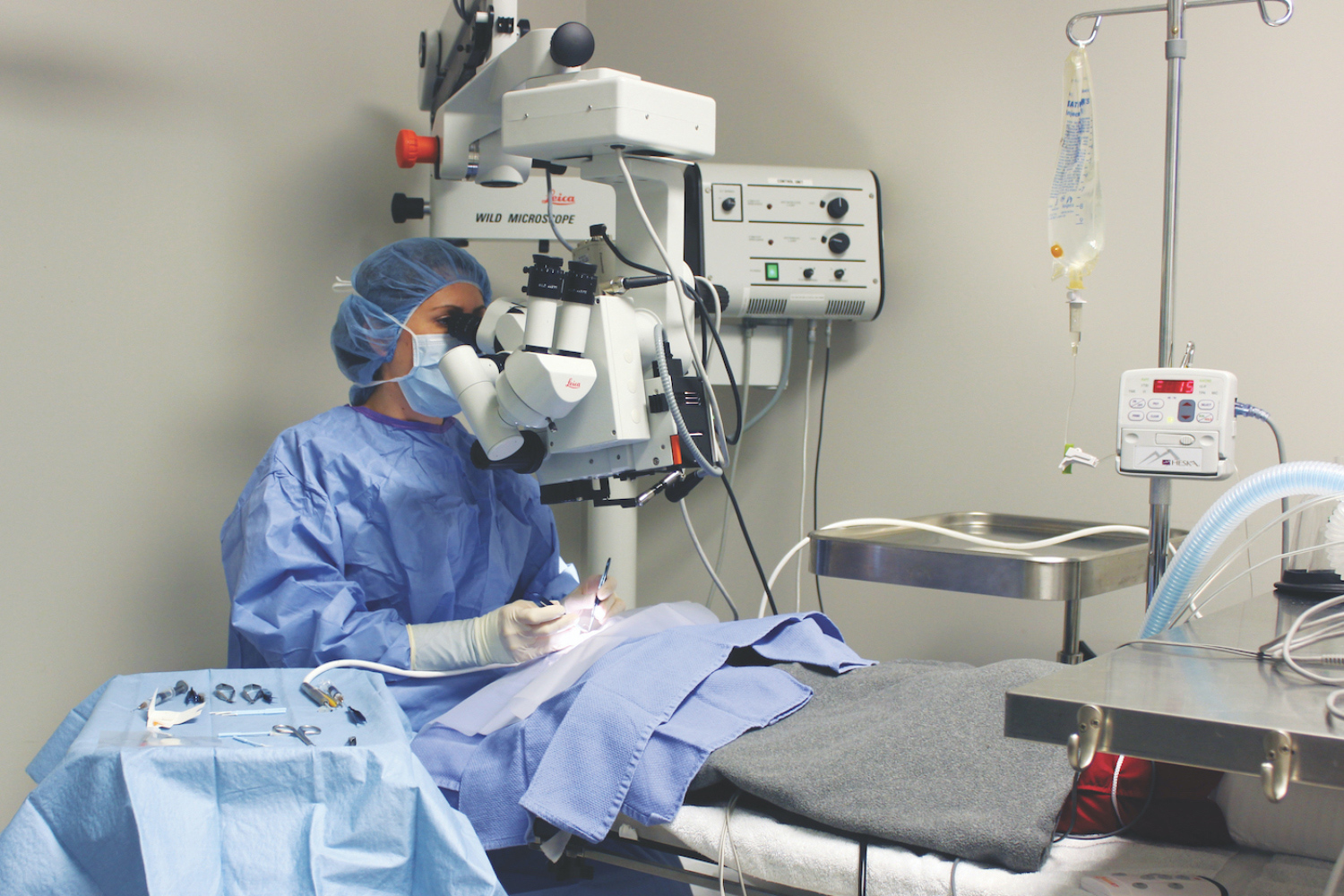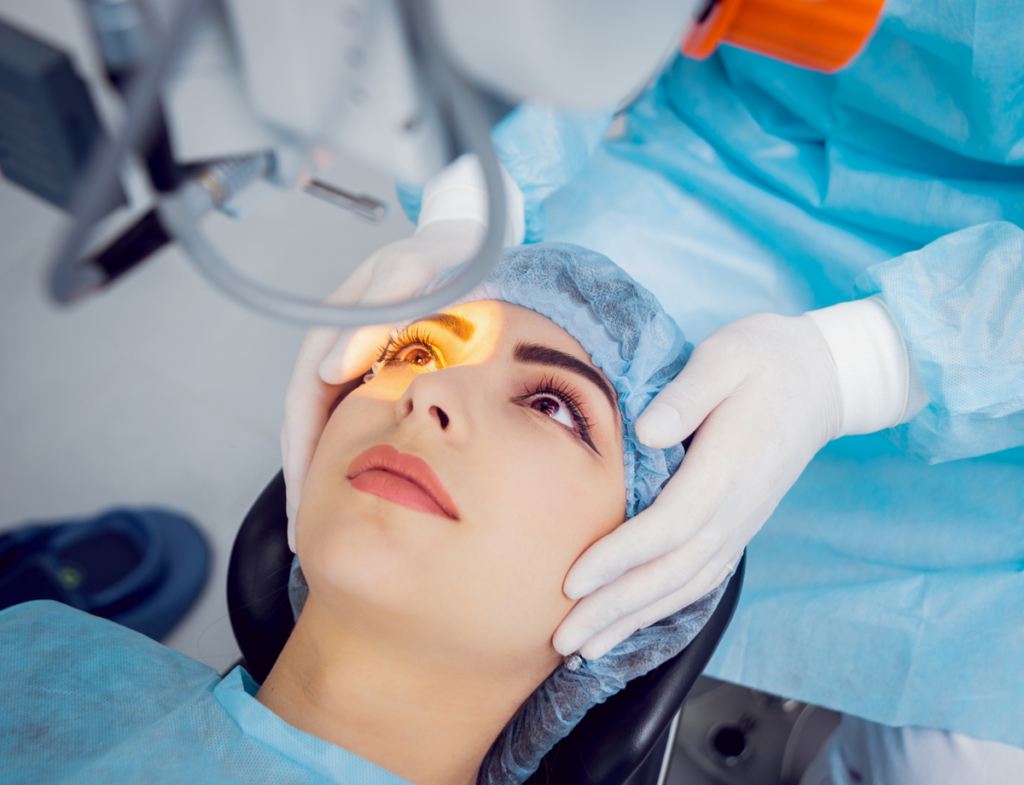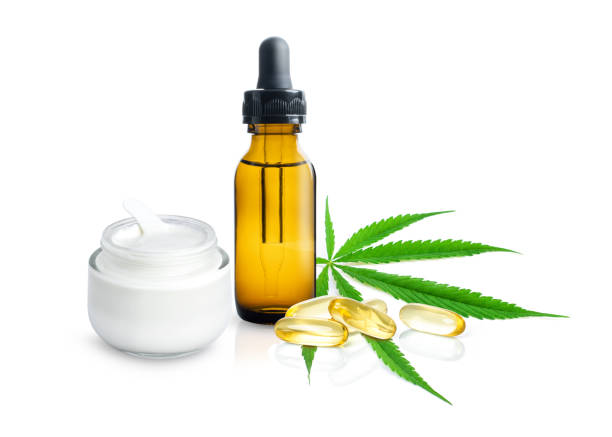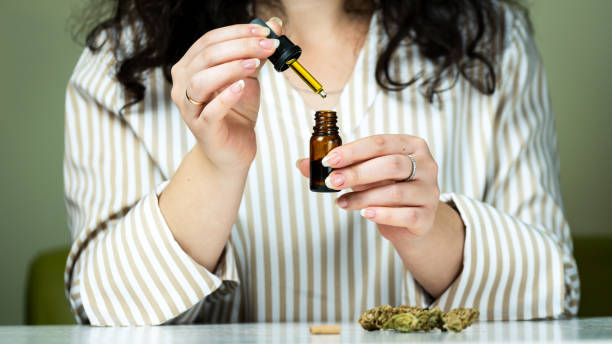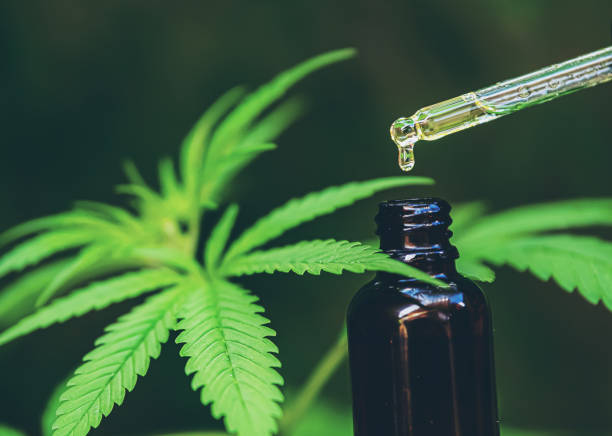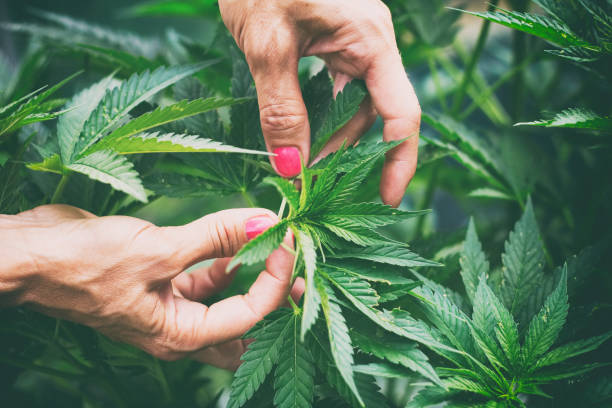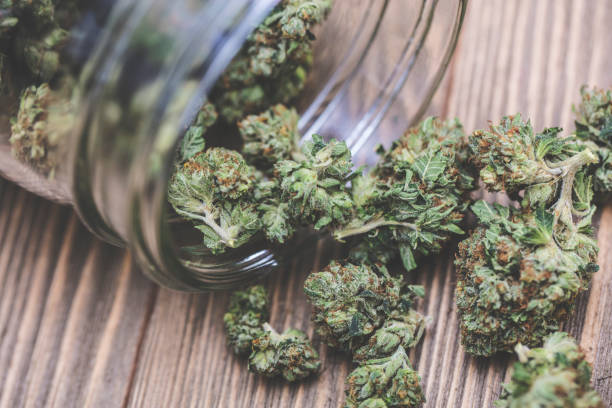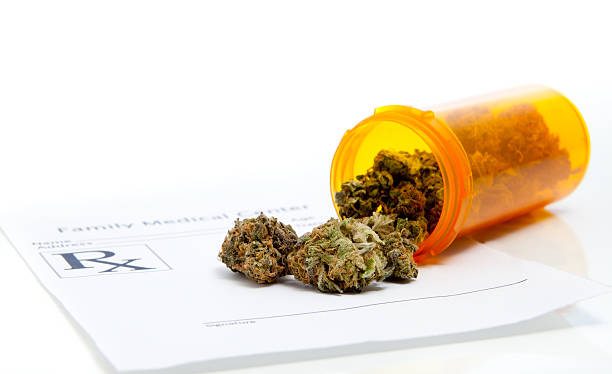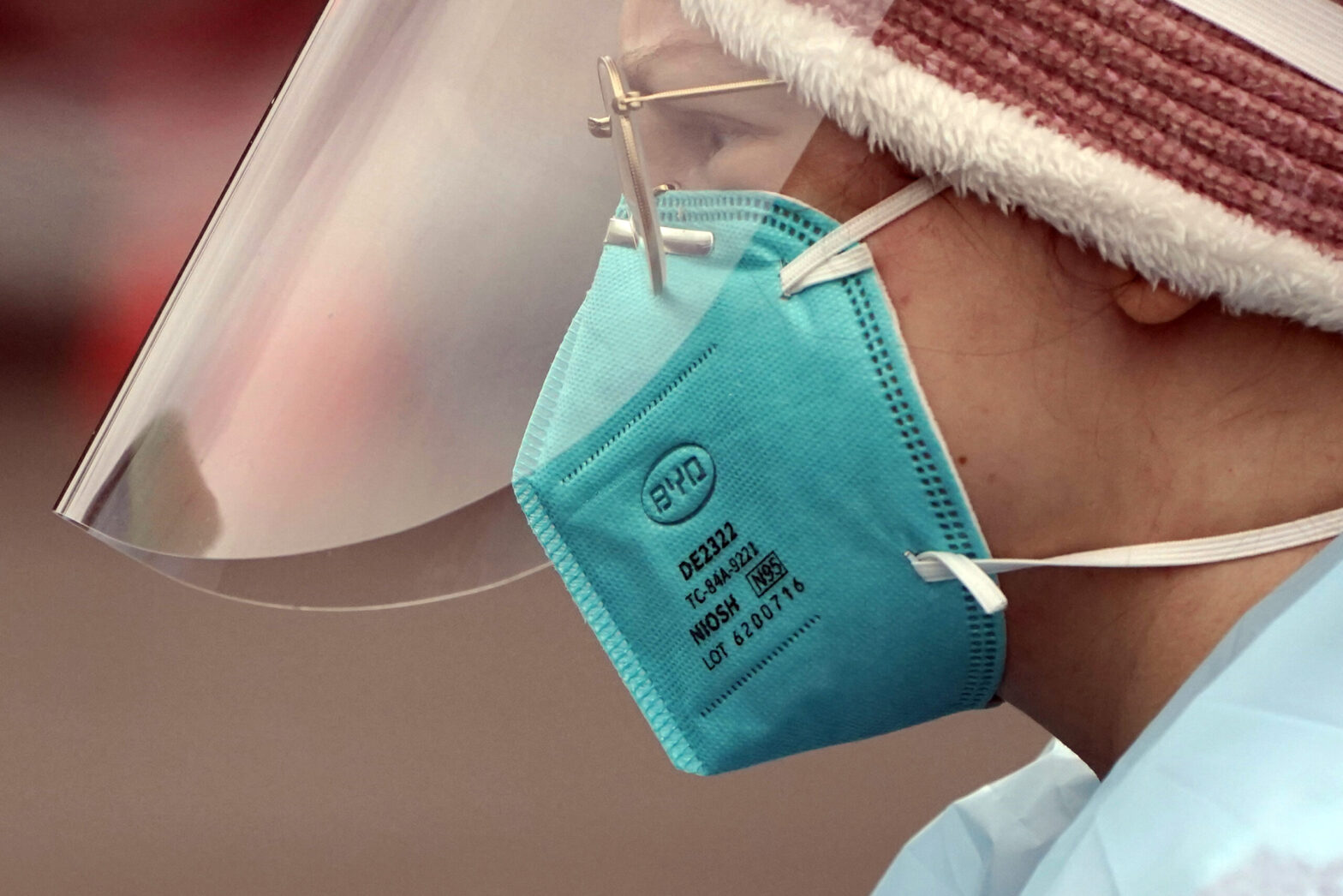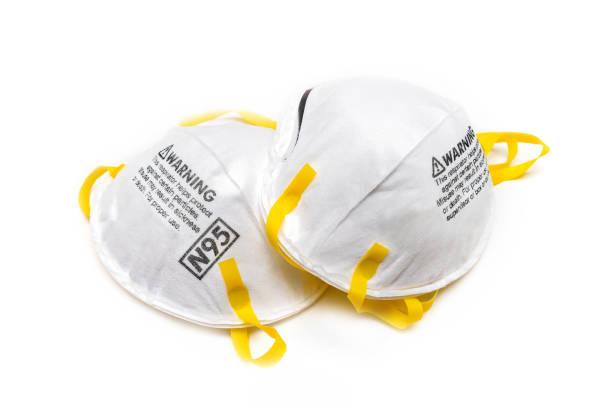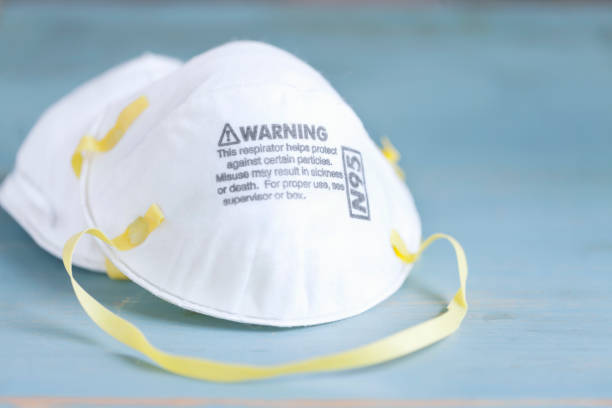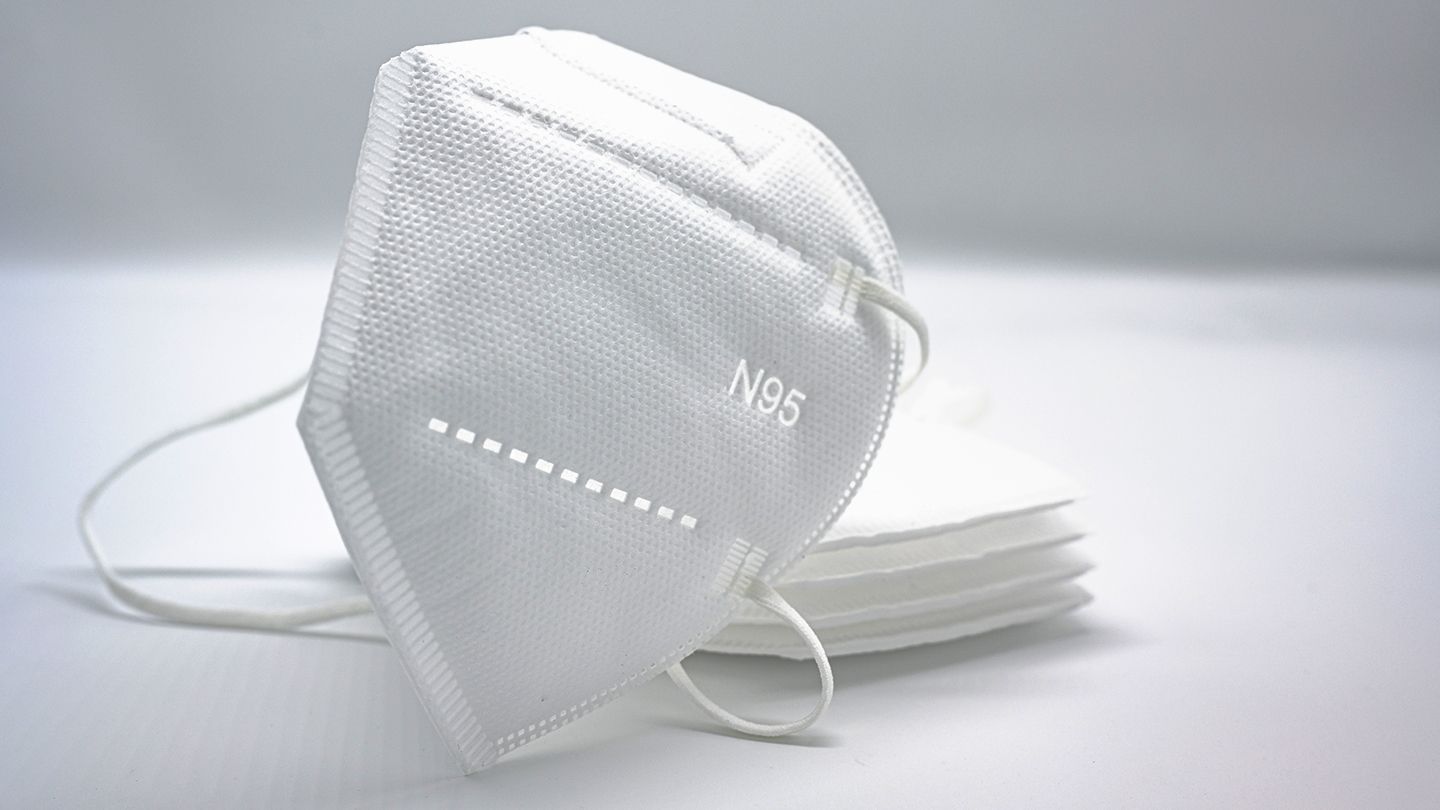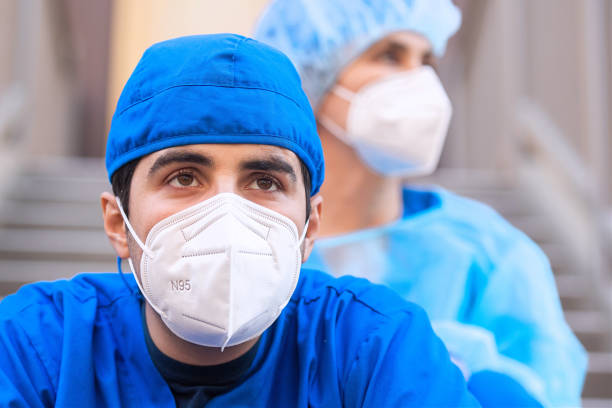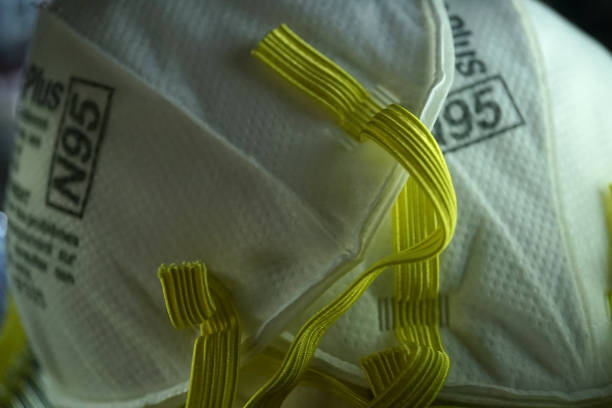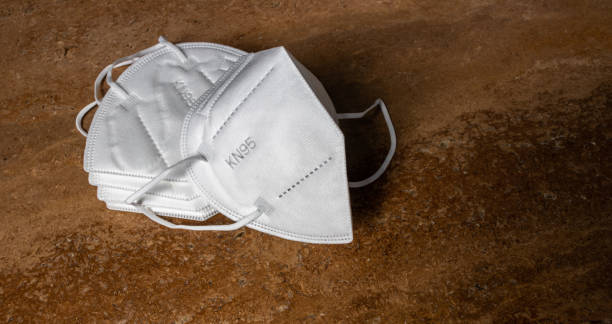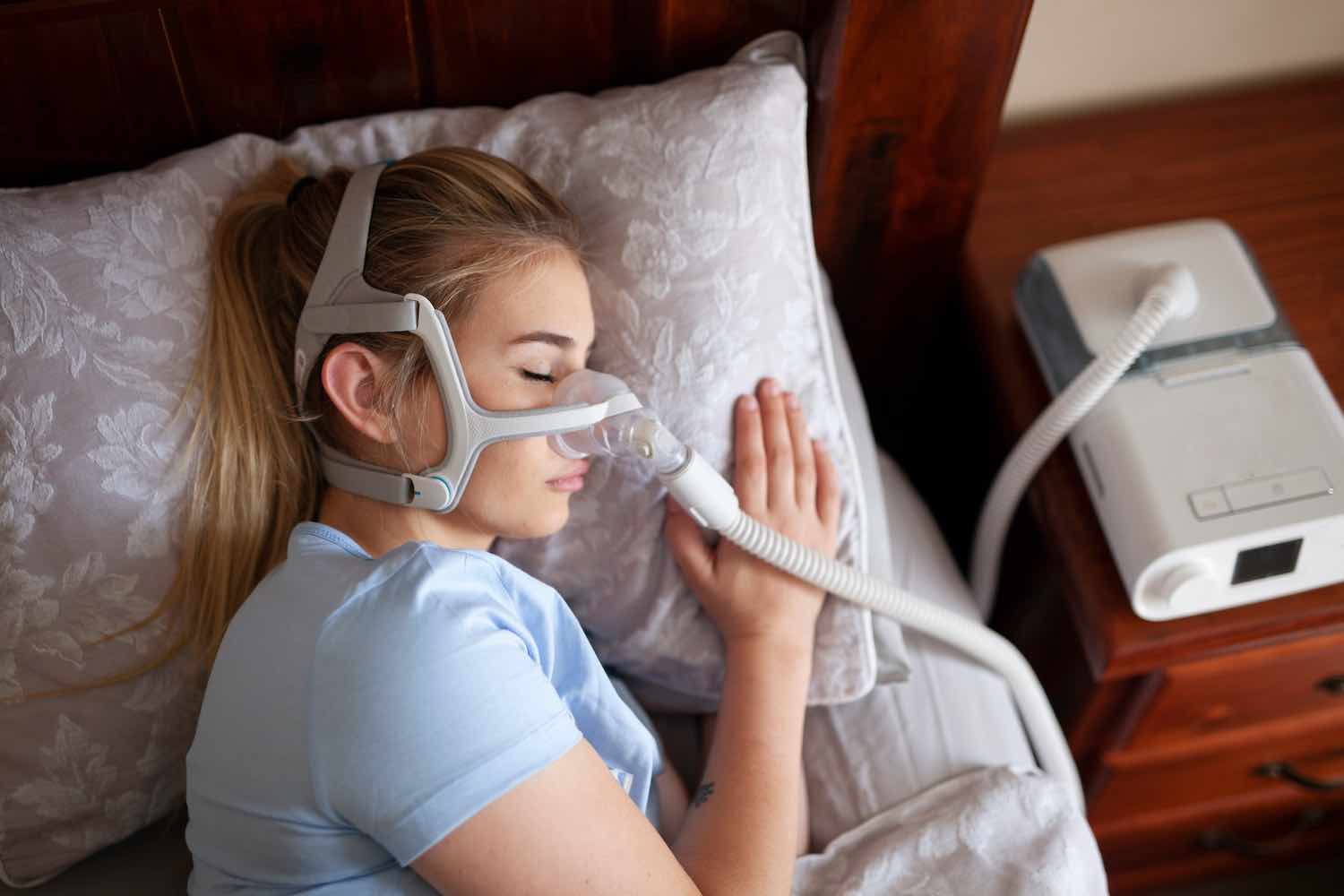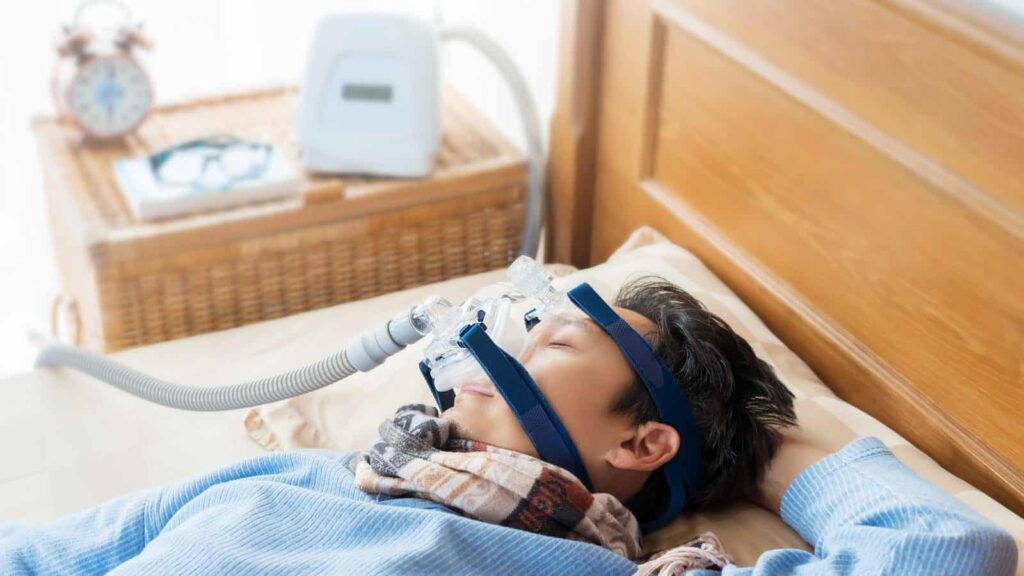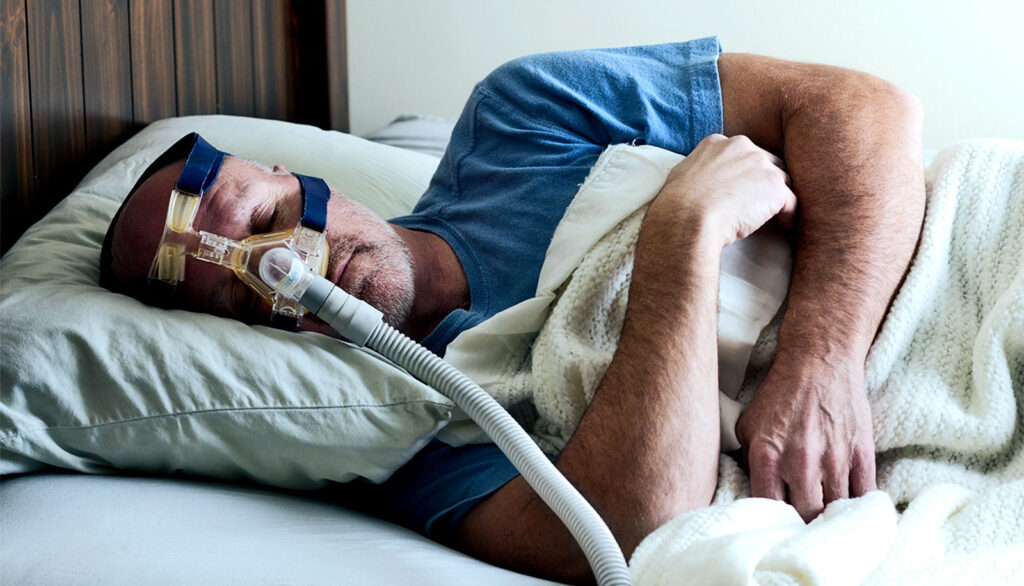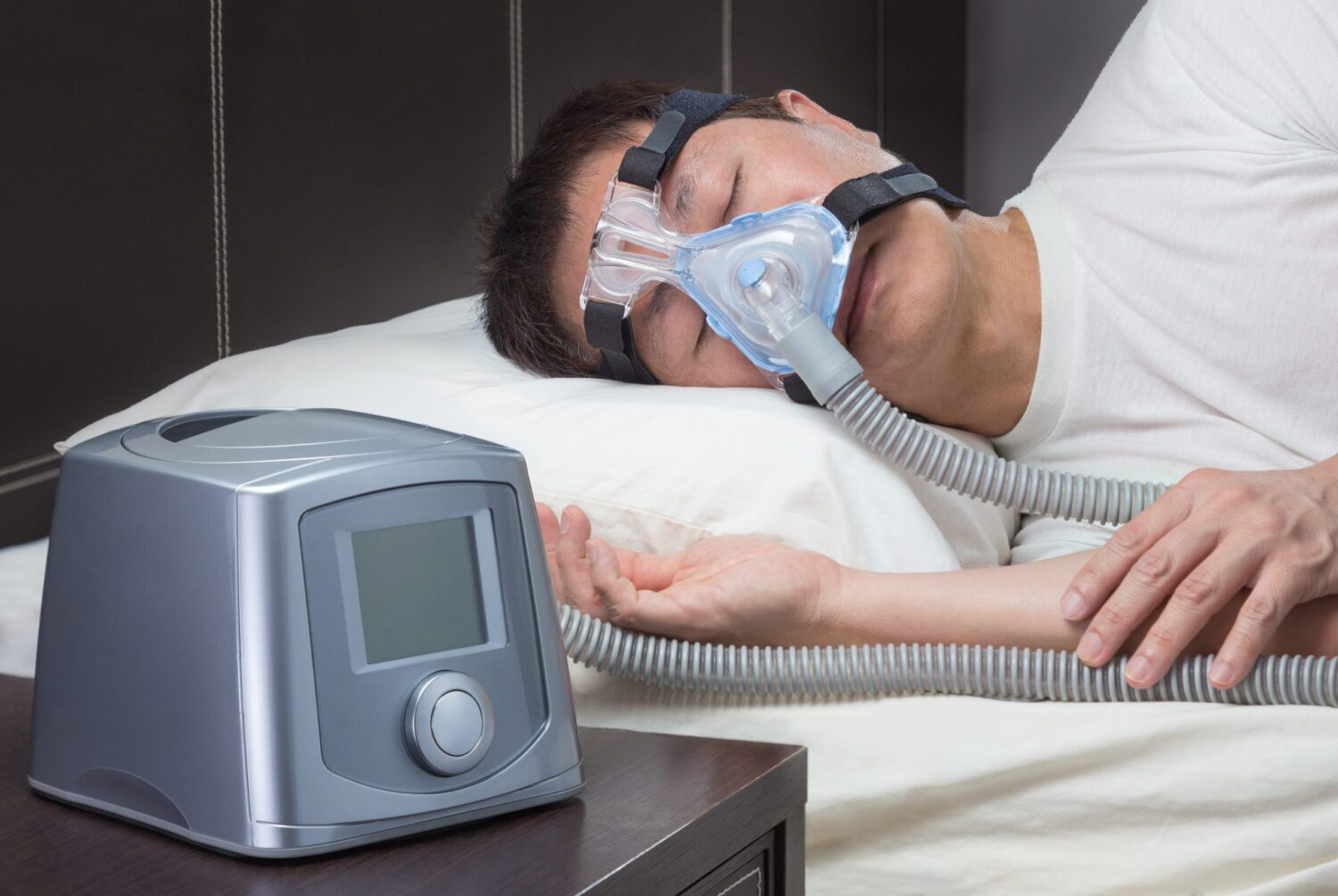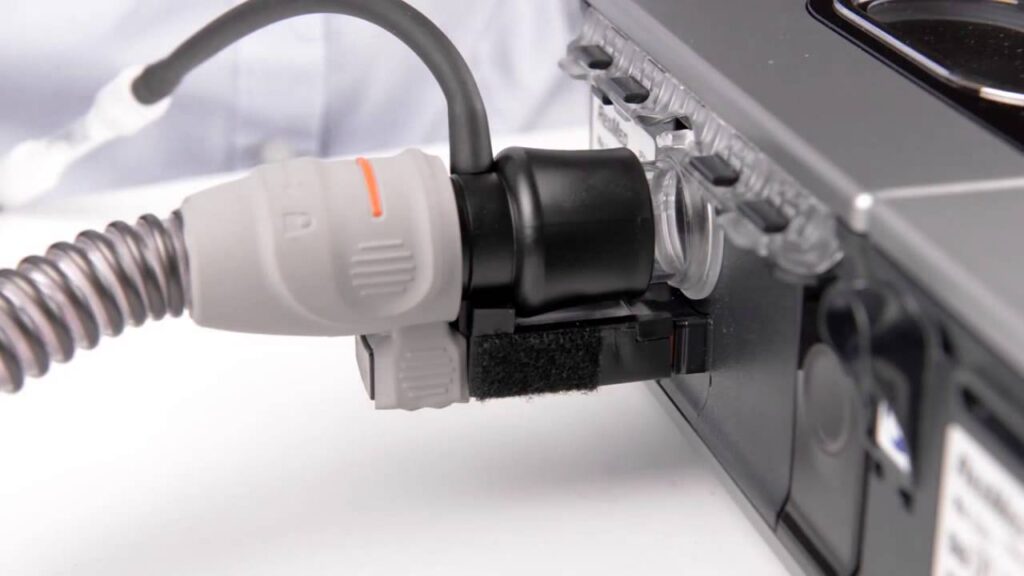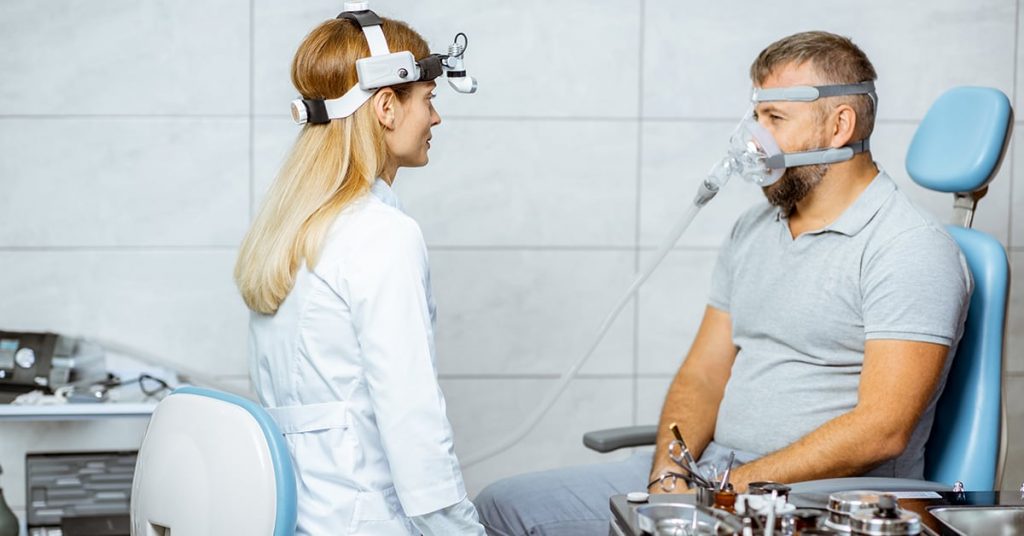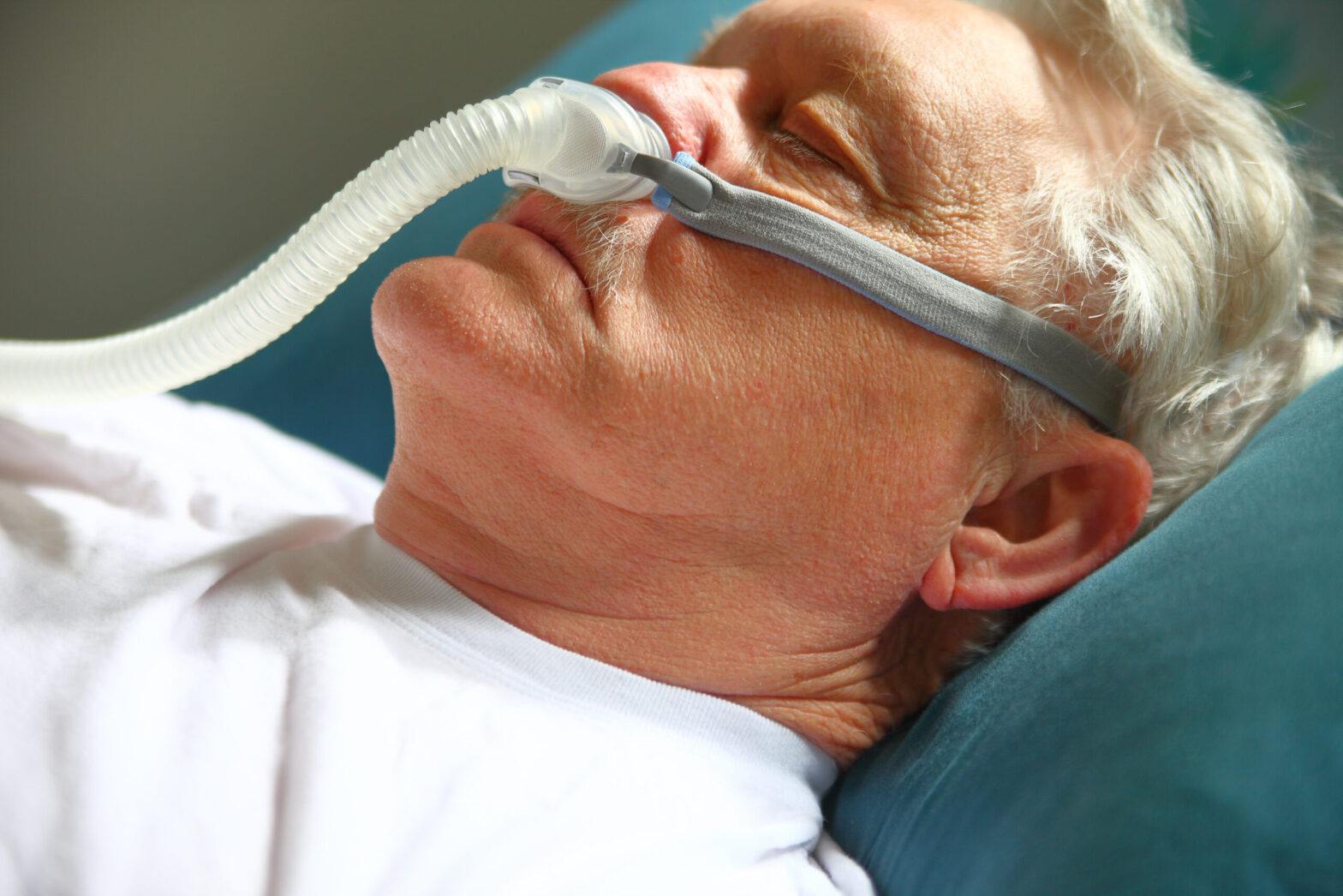The ResMed AirSense 10 is a popular CPAP device that is designed to provide continuous positive airway pressure therapy to patients with sleep apnea. One of the standout features of this device is its humidity control system, which allows users to adjust the level of moisture in the air they breathe during therapy. In this article, we will explore the importance of humidity control in CPAP devices, the role of humidity control in the ResMed AirSense 10, and the benefits and drawbacks of using this feature.
Understanding Humidity Control in CPAP Devices
Sleep apnea patients often experience dryness and congestion in their nasal passages and airways during CPAP therapy. This can cause discomfort, irritation, and even make the therapy less effective. Humidity control in CPAP devices aims to address these issues by adding moisture to the air that is delivered through the mask to the patient.
But why is humidity control so important for CPAP therapy? Let’s take a closer look.
The Importance of Humidity Control for Sleep Apnea Patients
For sleep apnea patients, the quality and comfort of their CPAP therapy can have a significant impact on their sleep quality and overall well-being. The dryness and congestion that can come with therapy can make it harder to fall asleep, lead to a sore throat or nasal passages, and worsen symptoms of congestive heart failure.
Furthermore, studies have shown that the use of humidification during CPAP therapy can improve compliance rates and overall patient satisfaction. In one study, patients reported feeling more comfortable and less congested when using a humidifier with their CPAP device.
So, how exactly do humidity control systems work in CPAP devices? Learn more CPAP devices by clicking here.
How Humidity Control Works in CPAP Devices
There are two main types of humidification systems for CPAP devices: integrated humidifiers and stand-alone humidifiers.
Integrated humidifiers are built into the CPAP device and are designed to work seamlessly with the device’s air flow system. These humidifiers typically have a water chamber that can be filled with distilled water, which is then heated and released as warm, moist air into the air stream.
Stand-alone humidifiers, on the other hand, are separate devices that can be attached to a CPAP device. These humidifiers work in much the same way as integrated humidifiers, but they offer the added benefit of being portable and easy to use with different CPAP devices.

One example of a CPAP device with an integrated humidifier is the ResMed AirSense 10. This device features a climate control system that works in tandem with the device’s humidifier. The climate control system adjusts the temperature of the air delivered to the user based on the temperature and humidity of the room, ensuring that the air is always at the desired humidity level. This feature can be particularly helpful for people who live in areas with fluctuating humidity levels or who travel frequently.
Overall, humidity control is an essential aspect of CPAP therapy for sleep apnea patients. By adding moisture to the air stream, humidity control systems can help alleviate dryness and congestion, improve patient comfort, and increase compliance rates.
ResMed AirSense 10: A Comprehensive Overview
The ResMed AirSense 10 is a highly advanced CPAP machine that is packed with features to improve the comfort and effectiveness of therapy. Here are some key features that set it apart from other CPAP devices on the market.
Key Features of the ResMed AirSense 10
- AutoRamp: this feature gradually increases the pressure of the device to help users fall asleep more comfortably.
- Expiratory pressure relief: this feature reduces the pressure during exhalation to improve breathing comfort.
- Advanced event detection: this feature can detect and differentiate between different types of breathing events, allowing for more accurate therapy.
- Easy-breathe motor: this feature ensures that the device operates quietly throughout the night, reducing noise disturbance for the user and their partner. Want to learn some more interesting Features about ResMed AirSense 10 visit https://www.sleepfoundation.org/best-cpap-machines/resmed-airsense-10-cpap-machine-review
How the ResMed AirSense 10 Differs from Other CPAP Devices
The ResMed AirSense 10 sets itself apart from other CPAP devices with its advanced technology and user-friendly design. Its humidity control system and climate control feature provide more comfortable therapy, and its advanced event detection system and easy-breathe motor ensure that patients receive targeted, effective treatment without undue noise or discomfort.
One of the most impressive features of the ResMed AirSense 10 is its AutoRamp function. This feature gradually increases the pressure of the device to help users fall asleep more comfortably. This is a particularly important feature for patients who struggle with falling asleep while using a CPAP machine. By gradually increasing the pressure, the device can help users feel more relaxed and comfortable, making it easier to drift off to sleep.
Another feature that sets the ResMed AirSense 10 apart from other CPAP devices is its expiratory pressure relief function. This feature reduces the pressure during exhalation, which can help improve breathing comfort for patients. By reducing the pressure during exhalation, patients may find it easier to breathe and experience less discomfort during therapy.
The advanced event detection system of the ResMed AirSense 10 is also an important feature. This system can detect and differentiate between different types of breathing events, including central sleep apnea, obstructive sleep apnea, and hypopnea. This allows for more accurate therapy, as the device can adjust its pressure to target specific breathing events more effectively.
The easy-breathe motor of the ResMed AirSense 10 is another feature that patients will appreciate. This motor ensures that the device operates quietly throughout the night, reducing noise disturbance for the user and their partner. This is particularly important for patients who share a bedroom with a partner or who are sensitive to noise during sleep.
Overall, the ResMed AirSense 10 is a highly advanced CPAP machine that offers a range of features to improve the comfort and effectiveness of therapy. Its advanced technology, user-friendly design, and range of features make it an excellent choice for patients who require CPAP therapy for sleep apnea or other breathing disorders.
The Role of Humidity Control in the ResMed AirSense 10
The ResMed AirSense 10 is a state-of-the-art device that helps people with sleep apnea breathe better and get a good night’s rest. One of the key features of this device is its humidity control system, which ensures that users are breathing moist, comfortable air throughout their therapy.
Sleep apnea is a common condition that affects millions of people worldwide. It is characterized by pauses in breathing during sleep, which can lead to a range of health problems, including high blood pressure, heart disease, and stroke. The ResMed AirSense 10 is designed to help people with sleep apnea breathe more easily and get a good night’s rest.
The Climate Control System in the ResMed AirSense 10
The ResMed AirSense 10’s climate control system is responsible for adjusting the temperature and humidity of the air delivered to the user based on the conditions in the room. This ensures that the user is always breathing air that is at the optimal humidity level for their comfort. The device uses a built-in humidifier to add moisture to the air, which can help to reduce dryness and irritation in the nasal passages and throat.
The climate control system in the ResMed AirSense 10 is designed to be easy to use. Users can adjust the temperature and humidity settings using the device’s intuitive controls, which are located on the front of the device. The device also has a large, easy-to-read display that shows the current settings and other important information.
Adjusting Humidity Levels for Personalized Comfort
The ResMed AirSense 10’s humidity control system allows users to adjust the level of moisture in the air they breathe to suit their personal preferences. This feature can be particularly helpful for people who live in very dry or very humid areas, or who have sensitivities to changes in humidity. By adjusting the humidity level, users can ensure that they are breathing air that feels comfortable and refreshing.
In addition to its humidity control system, the ResMed AirSense 10 also has a range of other features that can help people with sleep apnea breathe more easily and get a good night’s rest. These include a quiet motor, a comfortable mask, and advanced algorithms that adjust the pressure of the air delivered to the user based on their breathing patterns.
Overall, the ResMed AirSense 10 is a powerful and effective device that can help people with sleep apnea breathe more easily and get a good night’s rest. Its humidity control system is a central feature of the device, ensuring that users are breathing moist, comfortable air throughout their therapy.
Benefits of Humidity Control in the ResMed AirSense 10
The ResMed AirSense 10’s humidity control system offers several benefits to users, including:
Improved Sleep Quality and Comfort
By providing moist, comfortable air during therapy, the ResMed AirSense 10’s humidity control system can improve sleep quality and overall comfort during therapy. This can lead to better compliance with treatment and improved overall health outcomes for sleep apnea patients.
One of the key benefits of the ResMed AirSense 10’s humidity control system is that it can help prevent dryness in the nasal passages and airways. Dry air can cause irritation and discomfort, making it difficult to fall asleep and stay asleep throughout the night. With the AirSense 10’s humidity control system, the air is moistened and warmed, making it more comfortable to breathe and reducing the likelihood of dryness and irritation.
In addition to improving comfort, the AirSense 10’s humidity control system can also help prevent congestion in the nasal passages and airways. Congestion can make it difficult to breathe, especially during sleep, and can lead to snoring and other sleep disturbances. By keeping the airways moist and reducing congestion, the AirSense 10’s humidity control system can help improve breathing and reduce snoring, leading to a more restful night’s sleep.
Reduced Dryness and Congestion
The ResMed AirSense 10’s humidity control system can reduce dryness and congestion in the nasal passages and airways, which can make breathing during therapy more comfortable and effective.
Dryness and congestion can be particularly problematic for sleep apnea patients, as it can make it difficult to breathe effectively during therapy. The AirSense 10’s humidity control system can help alleviate these issues, making it easier to breathe comfortably and effectively throughout the night.
Moreover, the AirSense 10’s humidity control system can help reduce the risk of infections and other respiratory problems. Dry air can make the nasal passages more vulnerable to infection, while congestion can increase the risk of sinus infections and other respiratory issues. By keeping the airways moist and reducing congestion, the AirSense 10’s humidity control system can help improve respiratory health and prevent infections.
Enhanced Compliance and Treatment Effectiveness
By improving the comfort and effectiveness of CPAP therapy, the ResMed AirSense 10’s humidity control system can increase compliance with treatment and improve overall health outcomes for sleep apnea patients.
Compliance with CPAP therapy can be challenging for many sleep apnea patients, especially if they experience discomfort or side effects from the therapy. The AirSense 10’s humidity control system can help improve comfort and reduce side effects, making it easier for patients to stick to their therapy regimen.
In addition, the AirSense 10’s humidity control system can help improve the effectiveness of CPAP therapy. By reducing dryness and congestion, the system can help ensure that patients receive the full benefits of the therapy, including improved breathing and reduced snoring. This can lead to better overall health outcomes and a better quality of life for sleep apnea patients.
Potential Drawbacks and Limitations of Humidity Control
While humidity control can offer significant benefits to CPAP users, there are some potential drawbacks and limitations to consider. Here are a few:
Challenges in Finding the Right Humidity Level
For some people, finding the right humidity level can be a challenge. Too much moisture in the air can cause condensation in the mask or tubing, while too little can result in dryness and discomfort. It may take some trial and error to find the right level for your individual needs and preferences.
Increased Device Maintenance Requirements
The ResMed AirSense 10’s humidity control system requires regular maintenance to ensure optimal performance. This includes cleaning the humidifier chamber, replacing disposable filters, and monitoring for mold or other issues that can arise with consistent use of the device.
Conclusion
Overall, the ResMed AirSense 10’s humidity control system can offer significant benefits to CPAP users with sleep apnea. By providing moist, comfortable air during therapy, this feature can improve sleep quality, reduce dryness and congestion, and enhance compliance with treatment. While there are some potential drawbacks and limitations to consider, the benefits of humidity control are numerous and can make a significant difference in the quality of life of sleep apnea patients.
